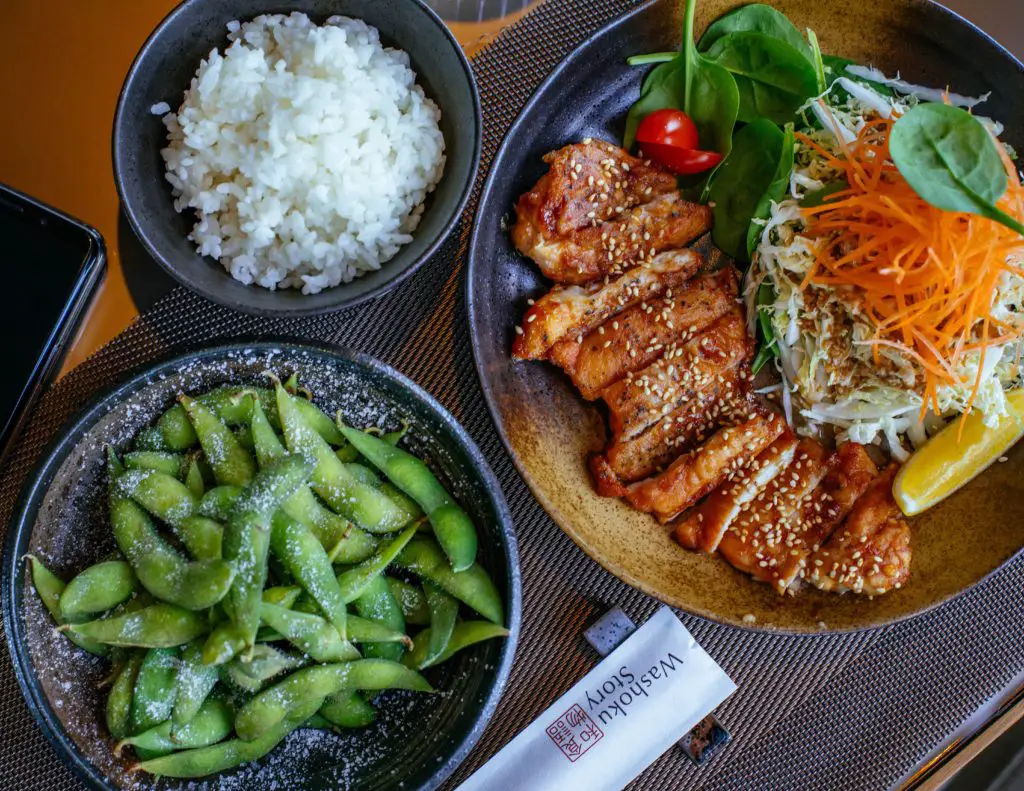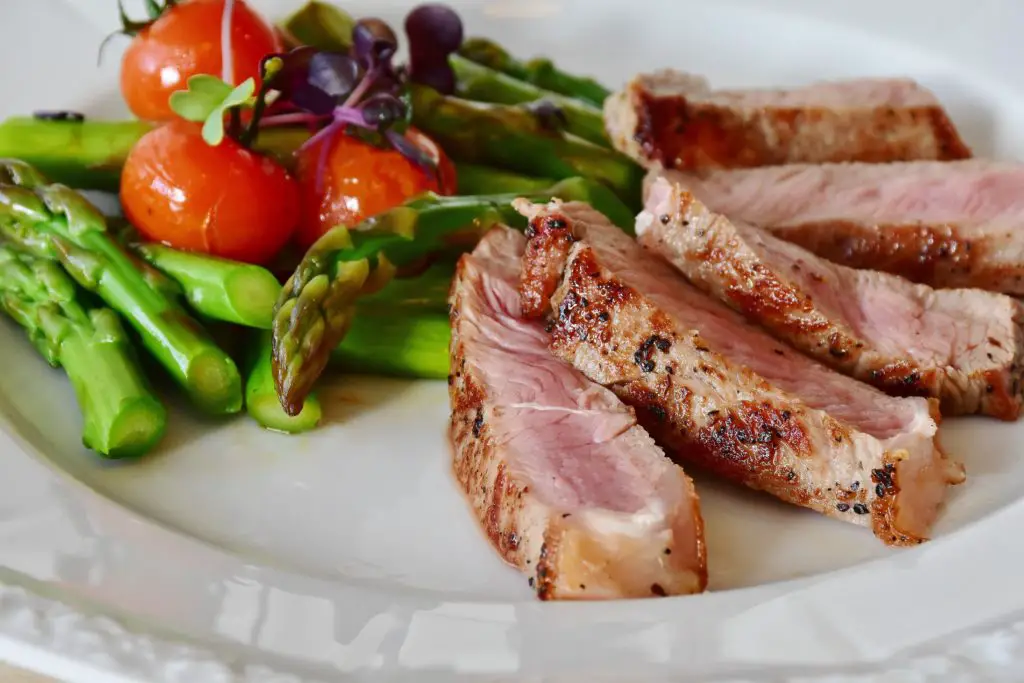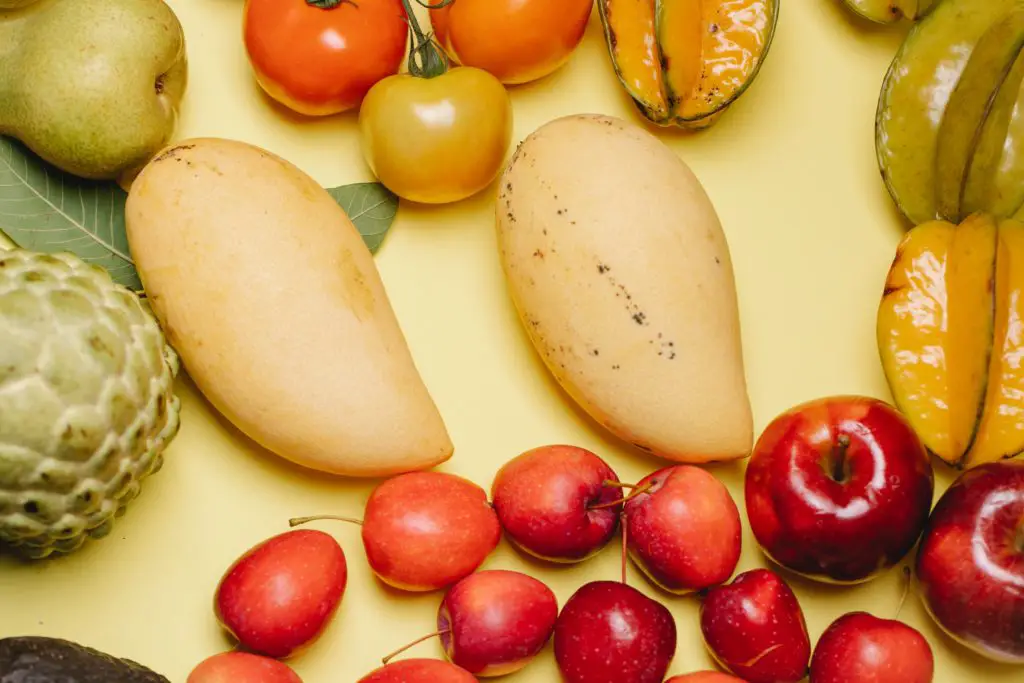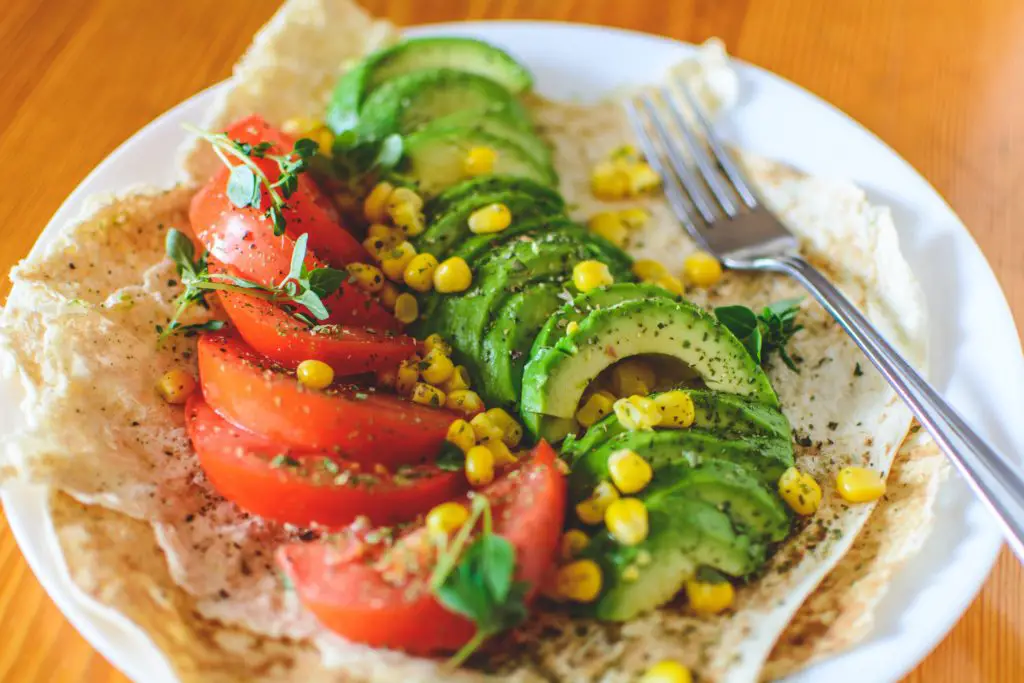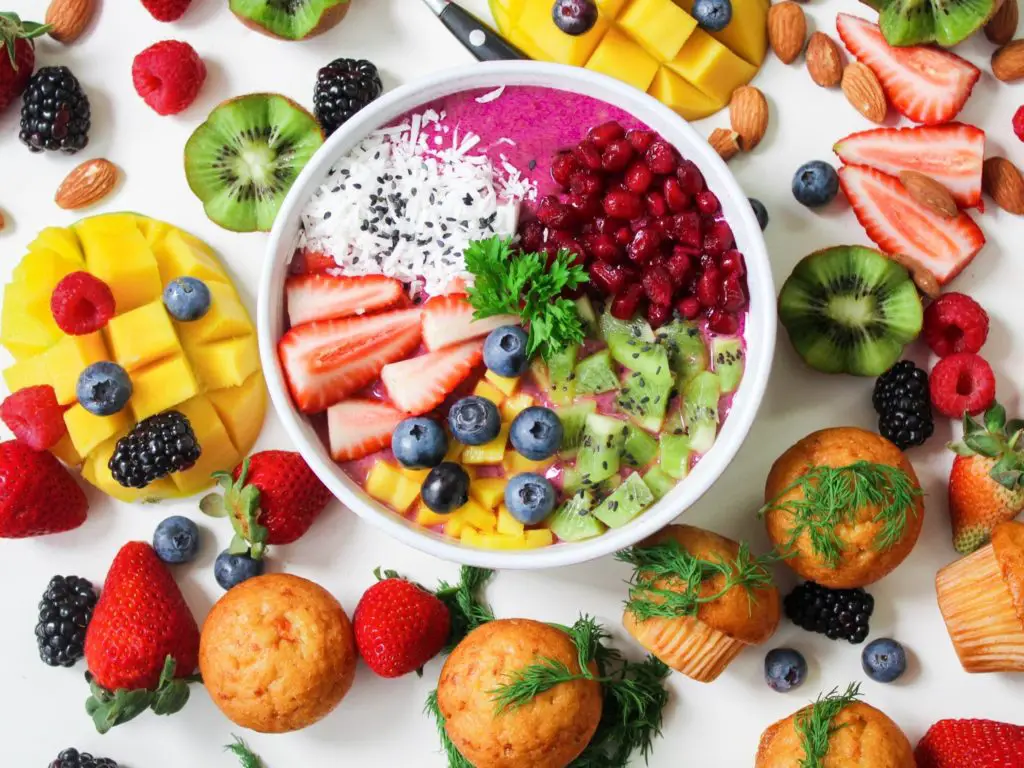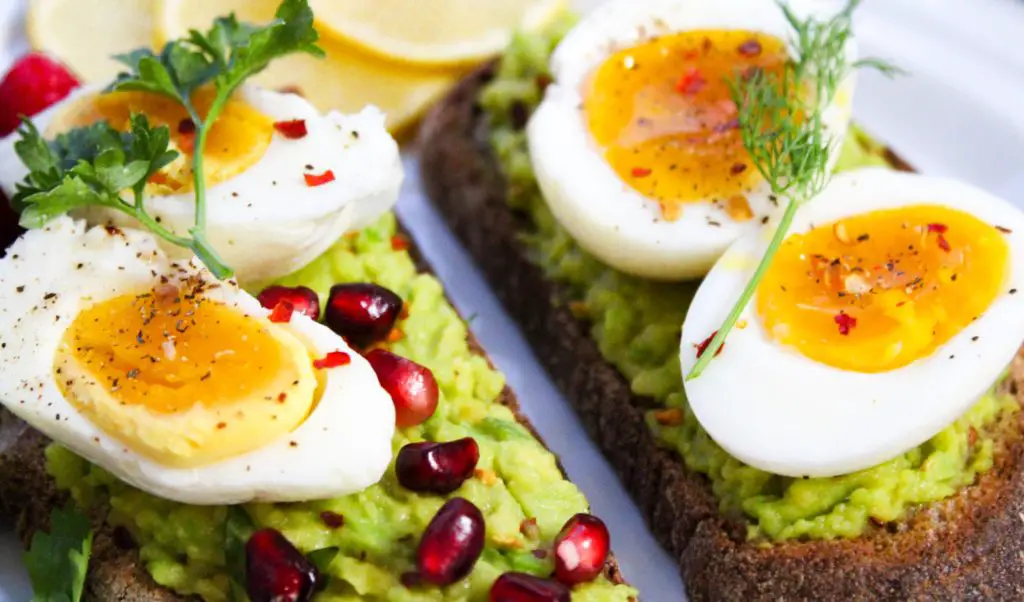What is the Biggest Loser Diet?
The Biggest Loser diet is a balanced diet based on the reality TV show “The Biggest Loser” and involves less-than-groundbreaking tactics like eating regular, balanced meals; practising portion control; food journaling and exercising for six weeks. Each day, you’ll eat about four servings of fruits and vegetables, three protein foods, two whole grains and no more than 200 calories of “extras” like desserts. That should make for a menu where 45% of your day’s calories come from carbs, 30% from protein and 25% from fats. The Biggest Loser makers claim that following the plan not only can help you lose weight, it can also help prevent or reverse diabetes; cut the risk for cancer, dementia and Alzheimer’s; improve your heart health and boost your immune system. Cut calories, work out and watch the pounds melt off, they say.
Pros
- Solid nutrition
- No foods off-limits
Cons
- Lots of grunt work
- Somewhat pricey
Popularity
Biggest Loser Diet is Ranked
- No.3 diet in Best Fast Weight-Loss Diets (Tie)
- No.7 diet in Best Weight-Loss Diets (Tie)
- No.8 diet in Best Diets for Diabetics (Tie)
How does the Biggest Loser Diet work?
To begin the Biggest Loser diet, you can choose among several books, the most recent of which is, “The Biggest Loser: The Weight Loss Program to Transform Your Body, Health and Life,” which was released in 2013. All are heavy on success stories from past “The Biggest Loser” contestants, tips for developing your menu based on a special food pyramid suggestions for sweating out some calories. For example, beginners might try following these tips:
- Make sure you have one fruit or vegetable at every meal, and then eat one more as a snack. Include a protein food – say, eggs, chickpeas or a chicken breast – at every meal.
- Limit your whole grain consumption to two servings a day.
- Don’t eat more than 200 calories a day of “extras” like desserts or cocktails.
If you follow the book “6 Weeks to a Healthier You,” you’ll also take a hard look at your risk factors for developing diseases, calculate your calorie allowance, learn about portion control and when to eat, and see why keeping a food journal is important. The rest of the book is split into thematic chapters – from preventing or reversing diabetes to lowering high blood pressure – and each takes you through a week of meal plans and recommendations for different types of exercise.
How much does Biggest Loser Diet cost?
The Biggest Loser Diet doesn’t have to be expensive. Sure, fresh fruits, veggies, whole grains, and fish are generally pricier than a cart full of sugary cereal, white bread, and sweets. But you’re not paying a membership fee, and you can tweak the suggested meal plans to bring the tab down – buy whatever produce is on sale that day at the grocery store, for example. You can buy “The Biggest Loser: The Weight Loss Program to Transform Your Body, Health and Life“ in paperback and e-book forms. The Biggest Loser Bootcamp program costs $39.95 for 30 days; it includes eight weeks of daily workout videos, with no equipment necessary. The Biggest Loser Resort – located in Amelia Island, Florida; Chicago; and Niagara, New York – offers access to registered dietitians, personal coaches, and wellness counselors. Each location varies in price, with accommodations starting in the upper $2,000s per week.
Will Biggest Loser Diet help you lose weight?
It’s likely you will lose weight on the Biggest Loser diet, given the plan’s two foolproof dieting tactics – calorie restriction and exercise. You just have to make sure you stick with it.
Weight regain can occur over the long term with the Biggest Loser Diet. A study in the May 2016 issue of the journal Obesity followed up with 14 of the “Biggest Loser” competitors. Although they experienced impressive weight loss during and soon after the show, six years later most of the group had regained a significant amount of that weight. Moreover, the group actually had slower metabolism, on average, than before the competition.
How easy is Biggest Loser Diet to follow?
The Biggest Loser Diet is ranked #20 in the Easiest Diets to Follow
Because the Biggest Loser diet doesn’t ban entire food groups, you shouldn’t have trouble complying long-term.
- Following the Biggest Loser diet is pretty convenient. That’s because recipes, convenience foods, and online resources abound. Eating out and drinking alcohol are both ok– be cautious and shrewd and you’ll be fine.
- It’s easy to find the Biggest Loser diet recipes. For instance, you’ve can look to any of the cookbooks, including one for family dinners and another just for your sweet tooth. For those who don’t think healthy meals are flavourful, there’s also Biggest Loser dietitian Cheryl Forberg’s “Flavor First” cookbook. The guidebooks all offer a smattering of recipes, too. You’ll find more free Biggest Loser recipes online.
- You can eat out on the Biggest Loser Diet. Figure out what you want before you head out, and don’t let the tempting smells at the restaurant change your mind. Avoid sauteed or pan-fried food; opt for grilled, steamed, baked, broiled, or poached, advises Biggest Loser trainer Bob Harper in “6 Weeks to a Healthier You.” Don’t be afraid to ask to create your own dish, either, with chicken breast, broccoli, and a side of brown rice. Or make swaps to meals, especially in exchanging anything white for whole grains. Alcohol is considered a treat on the Biggest Loser Diet.
- The Biggest Loser diet is a decent choice for busy people. In a pinch, Biggest Loser’s “Simply Sensible” packaged entrees of beef tips and gravy or lasagna can keep you on track without your having to fire up the stove. There are also Biggest Loser-emblazoned bars, shakes, protein powder, and cream of wheat. And a packaged meal plan is even available through eDiets. (While cooking is preferred, consider the packaged meals a “plan B,” says a company representative.) Dieters can get 21 meals and seven snacks for about $180.
- There are plenty of bonus Biggest Loser products. “The Biggest Loser” name is on just about everything – workout video games, CDs, and DVDs; food journals and calorie counters; dumbbells; step ladders; jump ropes; dry-erase boards; digital food scales; calendars and sporty clothes. For an extra support boost, you can hire a one-on-one coach or join the online community (for a fee).
- You shouldn’t get too hungry on the Biggest Loser Diet. Nutrition experts emphasize the importance of satiety, the satisfied feeling that you’ve had enough. Since a fiber- or protein-packed meal or snack comes every few hours on this plan, you should keep hunger pangs at bay.
- The Biggest Loser diet can be tasty – or not. You’re making everything, so if something doesn’t taste good, you know who to blame.
How much should you exercise on Biggest Loser Diet?
Exercise – though broadly defined – is a key part of the Biggest Loser Diet. If you’re following “6 Weeks to a Healthier You,” each week drills home the importance of exercise in combating and reversing common weight-related conditions, from Type 2 diabetes to high blood pressure and heart disease. You’ll start out with body-weight training (lunges, squats, push-ups), then eventually move into aerobics, strength and resistance training, and even yoga and pilates. What matters most, though, is that you’re moving. Adults are generally encouraged to get at least two and a half hours of moderate-intensity activity (like brisk walking) a week, along with a couple of days of muscle-strengthening activities.


